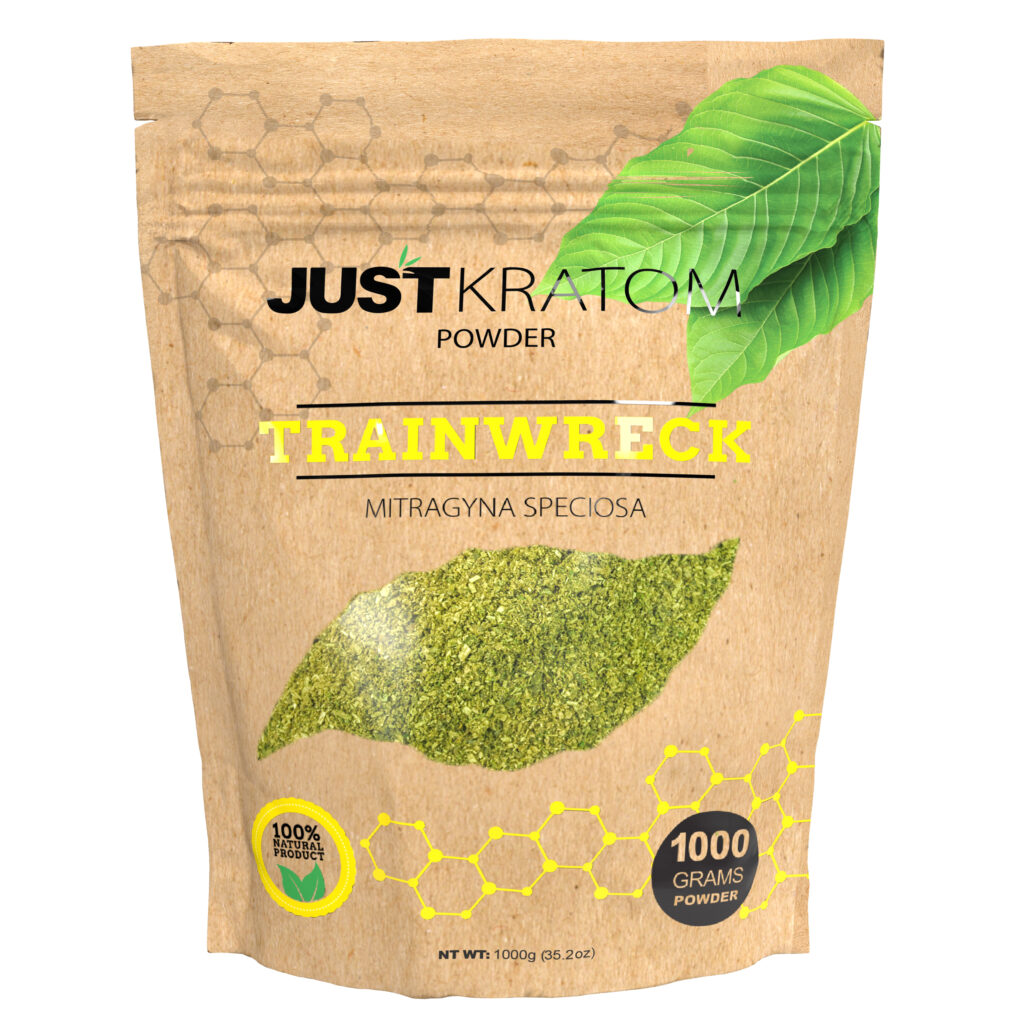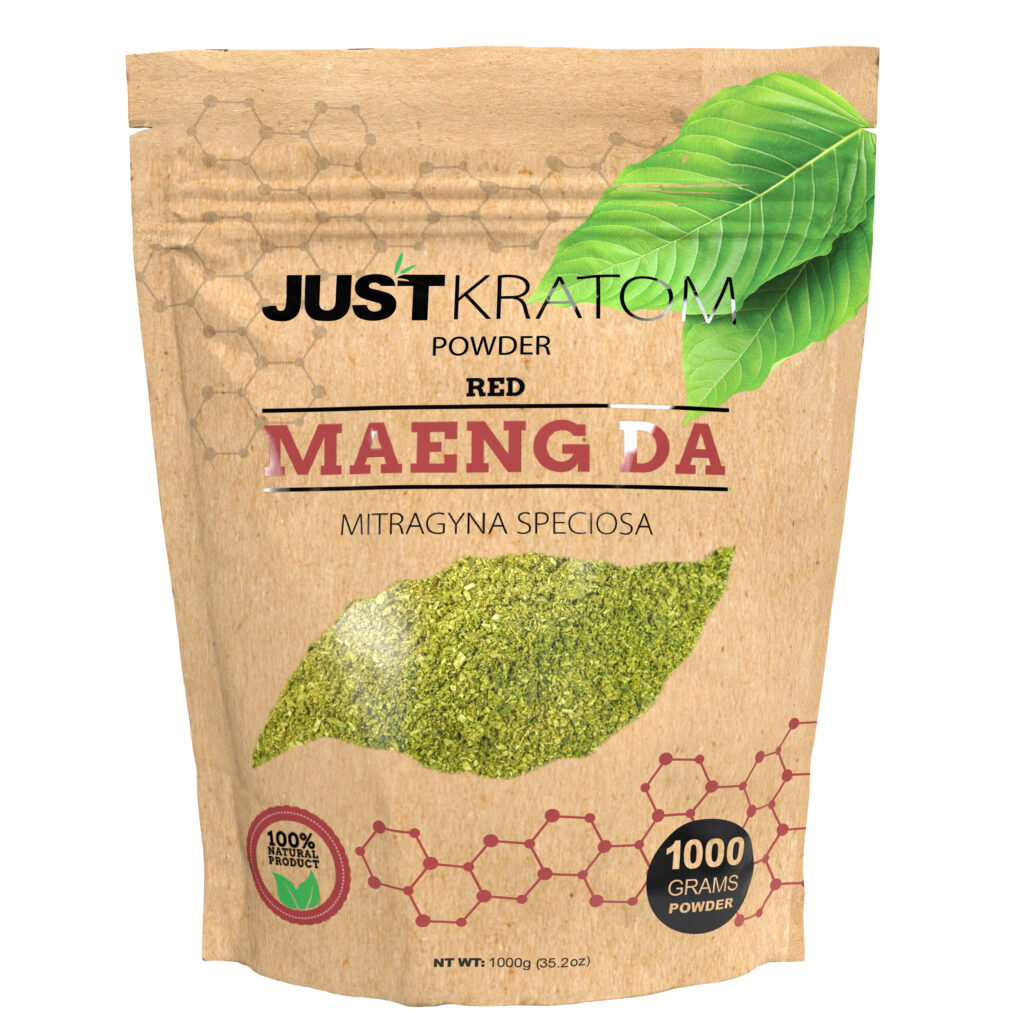Choosing Kratom Powder
Exploring kratom’s potential benefits often involves understanding how to effectively utilize its effects. One increasingly popular method is microdosing, which involves consuming small, controlled amounts of kratom powder.
Quality and Source
Microdosing kratom can be a discreet way to experience some of the herb’s potential benefits without the intense effects associated with larger doses. When preparing kratom powder for microdosing, selecting high-quality material and a trusted source is crucial.
Here are some guidelines:
- Opt for a reputable vendor known for sourcing organic, pesticide-free kratom.
- Choose powders with consistent color and texture.
- Look for strains specifically mentioned as being suitable for microdosing.
- Consider purchasing from vendors who provide lab testing results to verify potency and purity.
Strain Selection
Choosing the right kratom strain for microdosing is essential for a positive experience. Different strains offer varying levels of alkaloids, leading to diverse effects.

For those seeking milder stimulation and focus, consider strains like White Borneo or Green Malay. These are often described as energizing yet smooth.
If you’re looking for pain relief, strains like Red Vein Thai or Red Bali might be more suitable. These are known for their relaxing and analgesic properties.
Preparing the Microdose
Before consuming kratom, it’s essential to measure out your desired microdose accurately. Using a digital scale is the most reliable way to ensure precise measurement. A milligram (mg) scale capable of measuring small doses is ideal.
Measuring Technique
When preparing kratom for microdosing, using a digital scale is crucial for accuracy. These scales can measure in milligrams (mg), allowing for precise dosing.
Before placing the kratom on the scale, ensure it’s zeroed out to account for any existing weight. Then, carefully add your desired amount of powder and observe the reading.
Mixing with Carrier Substance
After accurately measuring your microdose of kratom powder, you’ll want to mix it with a carrier substance. This helps distribute the kratom evenly and masks its taste.
- A popular option is fruit juice, as the sweetness can effectively cover any bitterness.
- Other suitable choices include smoothies, yogurt, or coffee.
- You can also mix kratom with honey or maple syrup for a slightly different flavor profile.
Remember to stir well after adding the kratom powder to ensure it dissolves completely in your chosen carrier.
Consumption Methods
Understanding how to prepare kratom powder for microdosing is essential for those looking to explore its potential benefits in a controlled manner. Microdosing involves consuming very small, precise amounts of kratom, allowing for subtle effects without the intensity associated with larger doses.
Sublingual Administration
Sublingual administration refers to placing a substance under the tongue, where it is absorbed directly into the bloodstream through the mucous membranes. This method bypasses first-pass metabolism in the liver, leading to faster and potentially more potent effects compared to oral ingestion.
For kratom microdosing, sublingual administration offers several advantages. It allows for rapid absorption, minimizing any potential digestive discomfort often associated with consuming kratom orally. Moreover, it enables precise dosing, ensuring you consume the intended microdose accurately.
To administer kratom sublingually, simply place your measured microdose under your tongue and hold it there for a few minutes until fully absorbed. Avoid swallowing any saliva during this process, as it can dilute the kratom extract.
Sublingual administration of kratom allows for discreet dosing and faster onset of effects, making it a suitable method for those exploring microdosing.
Capsule Ingestion
Capsule ingestion is another popular consumption method for microdosing kratom. This method involves encapsulating the kratom powder into capsules, making it convenient for precise dosing and easy swallowing.
To prepare kratom capsules for microdosing, start by accurately measuring your desired dose using a digital scale as described earlier.
Choose empty vegetarian capsules of appropriate size.
Using a small funnel or spoon, carefully fill the capsules with your measured kratom powder, ensuring not to overfill them.
After filling the capsules, gently tap the sides to settle the powder and ensure it’s evenly distributed within each capsule.
Store the filled capsules in a cool, dry place to maintain their quality and potency.
Capsule ingestion allows for discreet consumption and precise dosing, making it a convenient option for individuals exploring kratom microdosing.
Dosage Guidelines
Determining the appropriate dosage of kratom for microdosing is crucial for a safe and effective experience. Factors such as individual sensitivity, desired effects, and tolerance levels play a role in determining the optimal dose.
Starting Dose
A general guideline for starting kratom microdoses is between 1-3 grams.
- Begin with a lower dose of 1 gram and carefully observe your body’s response.
- If you don’t experience the desired effects, gradually increase the dosage by increments of 0.5 to 1 gram until you find your optimal microdose.
Remember that individual responses to kratom can vary significantly, so it’s important to start low and go slow when experimenting with microdosing.
Increasing Dosage
Dosage guidelines for kratom microdosing are essential for a safe and effective experience. It’s crucial to start with a low dose and gradually increase it until you find the optimal level for your individual needs. A common starting point is between 1-3 grams.

If you’re new to kratom, begin with 1 gram and monitor your body’s response. If desired effects are not achieved, you can incrementally increase the dosage by 0.5 to 1 gram at a time.

Remember that everyone reacts differently to kratom, so it’s important to be patient and adjust your dosage accordingly.
Potential Side Effects and Precautions
While kratom offers potential benefits, it’s essential to be aware of possible side effects. These can include nausea, dizziness, itching, and constipation. Individuals with pre-existing health conditions, pregnant or breastfeeding women, and those taking medications should consult a healthcare professional before using kratom.
Common Side Effects
Potential side effects of kratom use include nausea, dizziness, itching, constipation, and headaches.
It’s important to note that kratom can interact with certain medications, so it’s crucial to consult a healthcare professional before using kratom if you are taking any medications.
Kratom is not recommended for use by pregnant or breastfeeding women, individuals with liver or kidney problems, or those with a history of substance abuse.
Contraindications and Cautions
While kratom offers potential benefits, it’s essential to be aware of possible side effects. These can include nausea, dizziness, itching, and constipation.
Potential side effects of kratom use include nausea, dizziness, itching, constipation, and headaches.
It’s important to note that kratom can interact with certain medications, so it’s crucial to consult a healthcare professional before using kratom if you are taking any medications.
Kratom is not recommended for use by pregnant or breastfeeding women, individuals with liver or kidney problems, or those with a history of substance abuse.
Order Kratom Powder for long-lasting results
- What Are The Most Effective CBD Infused Gummies For Stress - June 6, 2025
- Lip Filler Touch-Ups: How To Maintain The Perfect Pout - June 5, 2025
- Kratom Energy Beverages With The Best Flavor Profiles - June 4, 2025
